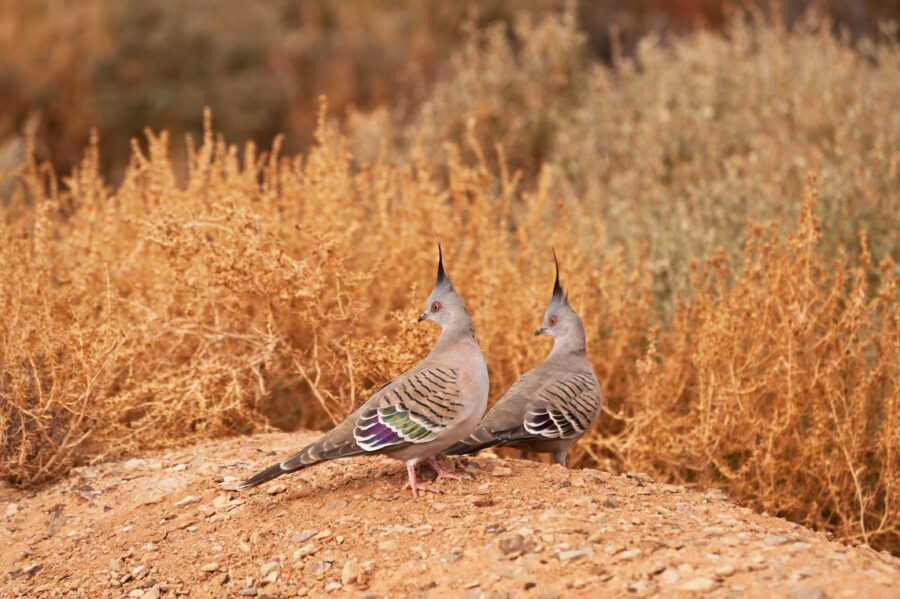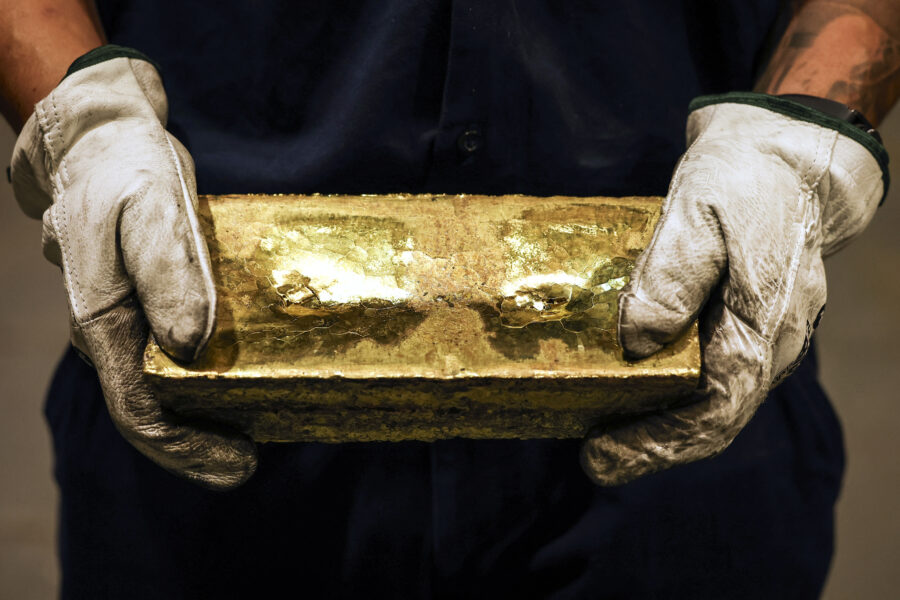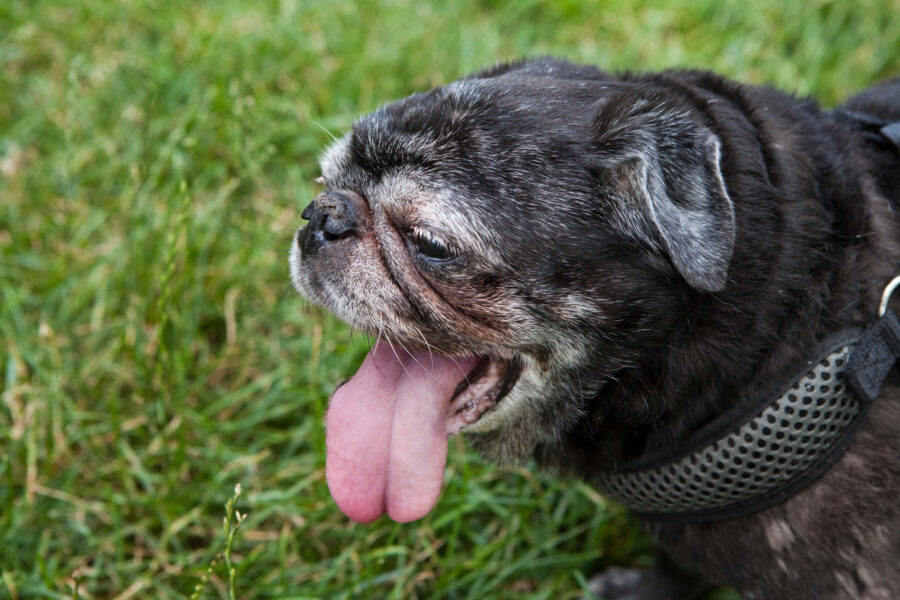Dr Karl nails down the facts about fingernails

Dr Karl Kruszelnicki
Dr Karl Kruszelnicki
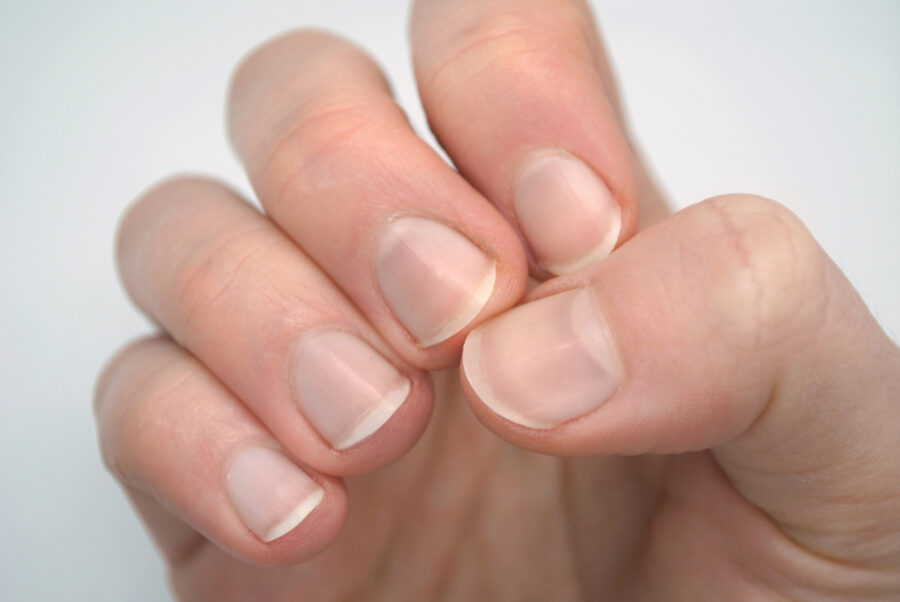
Back in 1941, just before the military attack on Pearl Harbor, William Bean, a 32-year-old medical doctor, became curious about fingernail growth and decided to conduct his own long-term study. Initially, Dr Bean measured all the nails on his left hand (he was right-handed), as well as the right thumbnail and both big toenails. But as life got busy during the war years, he narrowed his focus to just his left thumbnail.
Look closely at a fingernail and you’ll notice a few distinct parts. Just above the cuticle – the thin layer of dead skin between nail and finger – you’ll see the nail plate itself. The nail begins with the pale, crescent-shaped lunule and continues into the pink section that’s still attached to the nail bed. Finally, it extends to the free edge, where the nail grows beyond the finger.
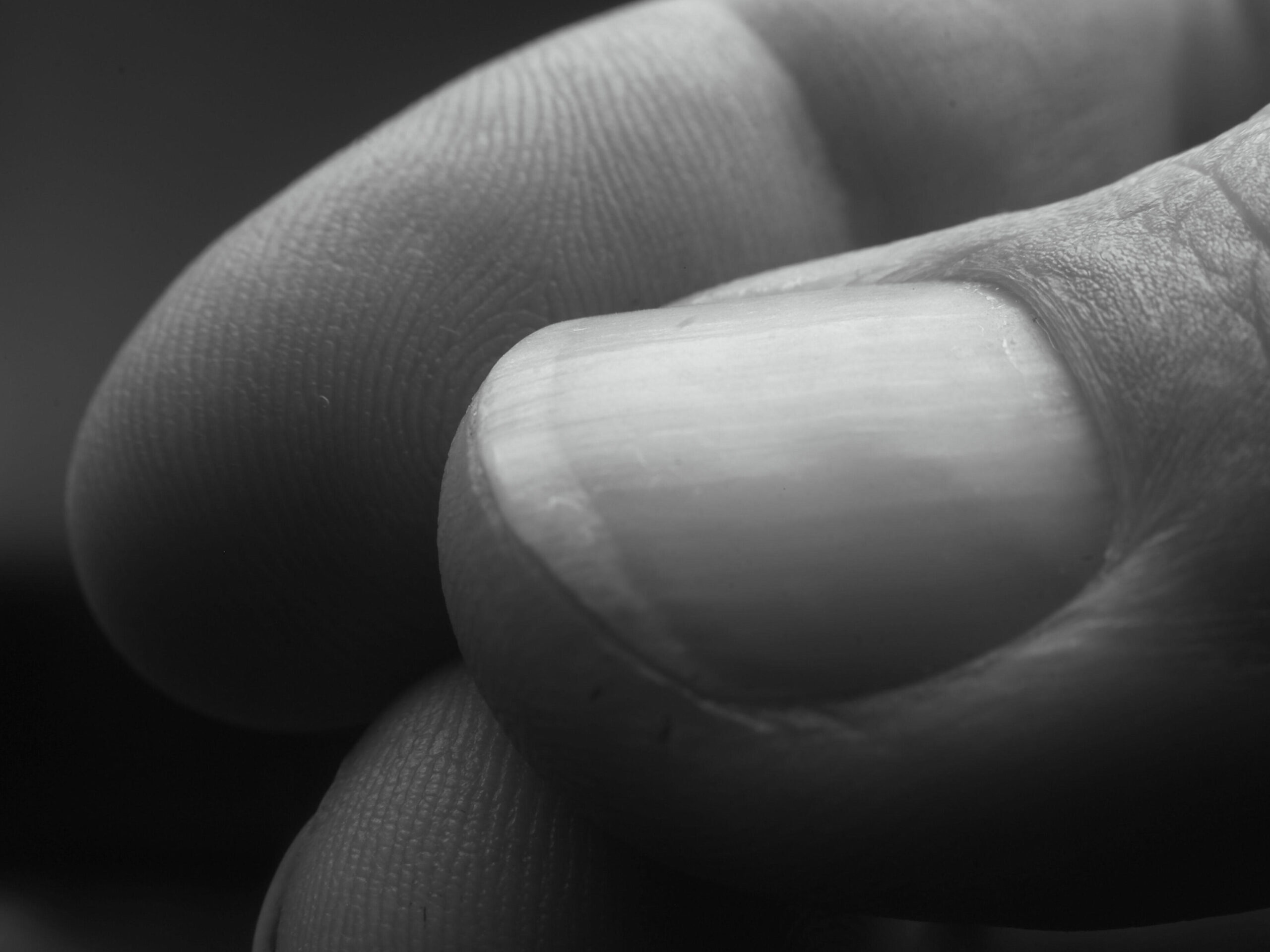
And so, on the first day of every month, Dr Bean would use a sharp file to grind a very narrow groove into his nail at the cuticle. He’d then measure how long it took for that groove to reach freedom at the other end of the nail. When he was 32, it took 116 days for the groove to migrate to the end.
By the time he was 67, it took 153 days. To look at it another way, the average daily growth of the left thumbnail dropped from 0.123mm a day when he was 32, to just 0.095mm a day when he was 67.
He also tried weighing the cut fingernails, but found this was not an accurate way to measure growth because some 25–60 per cent of the nail wears away due to “unnoticed attrition”. And he recorded that his individual nails grew at different rates, with the big toenails being markedly slower than his thumbnails.
In his studies of other people, he found those with the chronic skin condition psoriasis had nails that grew faster than those without it. Nail growth also increased by about 25 per cent in pregnant women. They grew faster in children than in adults, and they grew faster in warm climates.
Surprisingly, biting fingernails increased growth rate by about 20 per cent. But strokes, starvation, lactation, anticancer drugs and severe infections caused a “conspicuous slowdown in growth rate”. He also touched on the myth that hair and nails continue to grow after death, concluding they did not. Instead, “the processes of protein coagulation and surface desiccation following death, and changes in cutaneous hydration, cause a distinct shrinking of the skin”. In other words, the fingernails and hair stay where they are, but the dehydrated flesh shrinks away from them.
Finally, as an afterthought, he suggested a new unit of length: the Nail-Second. It’s the distance his “nail grows in one second, which worked out to almost exactly 10 billionths of a metre each second”. Not practical for much, but fitting for a man who filed his thumb every month for 35 years.
